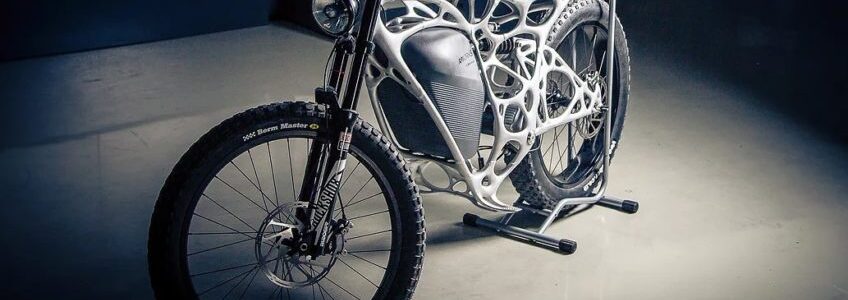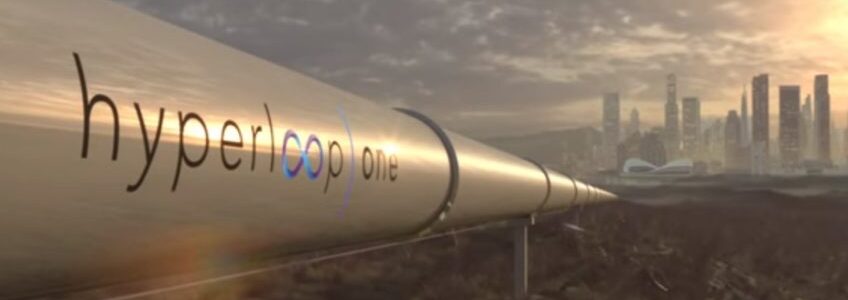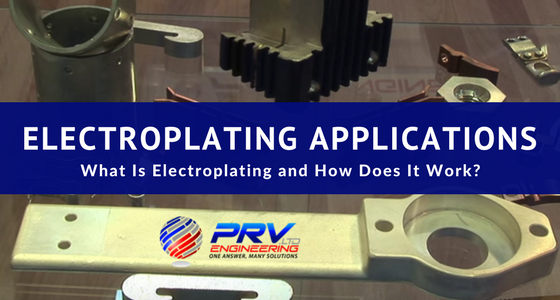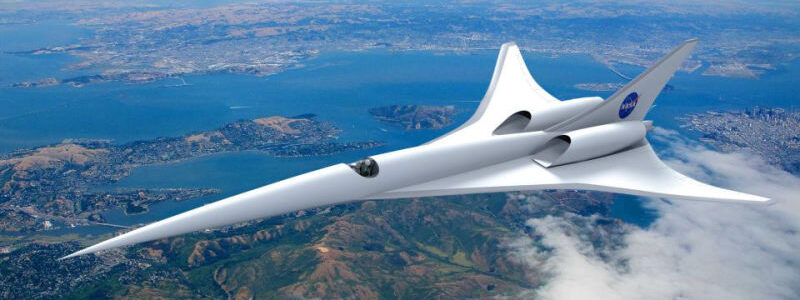Busbars are astonishing pieces of technology that make complex power distribution simpler, more affordable and flexible. Different coating or plating materials provide varying levels of conductivity and duration of the product’s lifecycle.
Busbars are typically made from corrosion resistant copper, brass or aluminium in solid or hollow tubes. They are produced in a range of shapes including flat strips, solid bars and rods. Some of these shapes allow for more efficient











Recent Comments